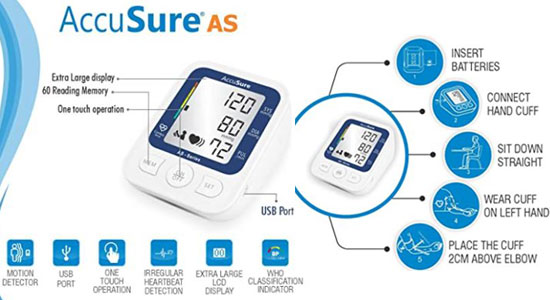Migraines can be debilitating, and when they hit during work hours, they can be particularly challenging. Unlike typical headaches, migraines are often accompanied by symptoms like nausea, light sensitivity, and visual disturbances. Working through a migraine can seem impossible, but sometimes you may not have a choice. Here are some strategies for managing migraines at work.
Recognize the Warning Signs
The sooner you can detect the onset of a migraine, the sooner you can take steps to mitigate it. Common warning signs include visual disturbances, such as seeing flashing lights or wavy lines, as well as numbness in the face or extremities, and a tingling sensation in your arms or legs.
Create a Migraine Kit for the Office
Prepare a ‘migraine kit’ to keep at your desk or in your workplace. This kit should include:
- Over-the-counter migraine medication or any prescribed migraine treatment.
- A caffeine supplement or small caffeinated beverage (as caffeine can sometimes help to alleviate symptoms).
- An eye mask or dark sunglasses to block out harsh lighting.
- Earplugs to reduce noise levels.
- Essential oils like peppermint or lavender, which can be soothing during an attack.

Communicate with Your Team
Let your employer and colleagues know about your condition so they’re aware and understand if you suddenly need to take a break or leave early. Having a conversation about your migraines with your supervisor may also lead to more accommodating work arrangements.
Find a Quiet Space
Bright lights and loud noises can exacerbate migraine symptoms, so try to find a quiet, dim place to retreat to when a migraine hits. This could be an unoccupied meeting room, a wellness room, or even your car. Taking time to rest in a quiet environment can be critical to migraine management.
Adjust Your Workspace Ergonomics
A comfortable workspace is important. Adjust the lighting and monitor brightness to comfortable levels, and ensure your chair and desk support a posture that doesn’t strain your neck or shoulders. Poor ergonomics can contribute to the frequency or severity of migraines.
Take Regular Breaks
Working for long hours without breaks can trigger migraines, so make sure to take short, regular breaks during the day. Use this time to stretch or for a brief walk. Movement can improve circulation and may help prevent a migraine or ease symptoms.
Stay Hydrated and Maintain Blood Sugar Levels
Dehydration and low blood sugar can trigger migraines. Drink plenty of water throughout the day and eat regular meals or snacks that are high in protein and complex carbohydrates to maintain blood sugar levels.
Learn Relaxation Techniques
Stress is a major migraine trigger. Practices such as deep breathing, yoga, meditation, or progressive muscle relaxation can help reduce stress levels. Taking a few minutes to engage in these practices can help keep migraines at bay or lessen their severity.
Consider Schedule Adjustments
If you have chronic migraines, consider speaking to your employer about adjusting your work hours. Starting later in the day, working from home, or opting for a part-time schedule could reduce the frequency of your migraines.
Follow a Consistent Sleep Routine
Insufficient or irregular sleep can trigger migraines. Try to maintain a consistent sleep schedule, even on weekends, to help prevent them.
Conclusion
Coping with migraines at work requires proactive management and self-awareness. By being prepared and making some adjustments to your work environment and habits, you can reduce the impact migraines have on your professional life. Remember, prioritizing your health is not only beneficial for managing migraines but can also improve your overall productivity and wellbeing in the workplace. If migraines are severely impacting your quality of life, do seek medical advice from a healthcare professional.
Hey there! I’m a self-proclaimed Twitter addict and an unapologetic coffee lover.









